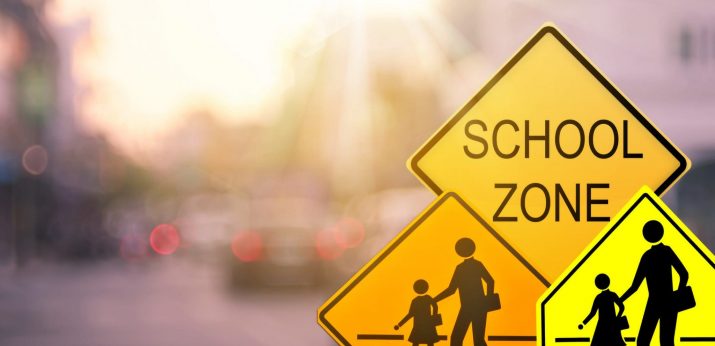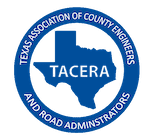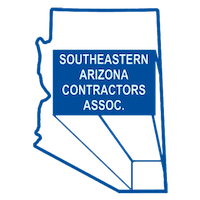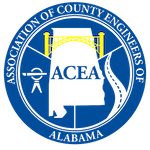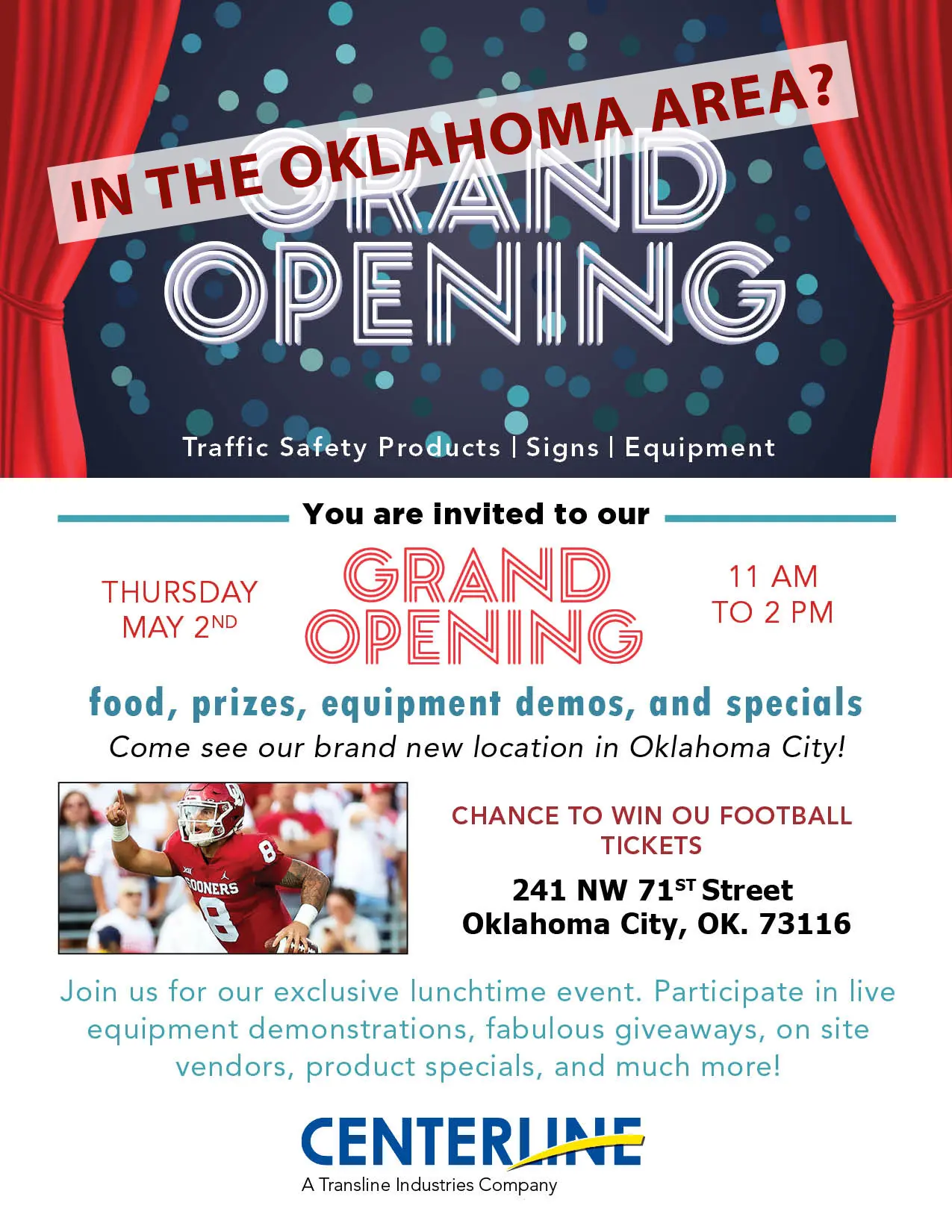Have you ever driven past a school and wondered what those yellow signs meant? If you’ve never learned what they mean, it’s easy to disregard them. It’s vitally important to understand their meaning so that the communities you’re driving through stay safe.
Over the past 10 years, pedestrian deaths have been on the rise, with much of them occurring in school zones. Now, more than ever, Transline Industries is striving to ensure that drivers understand the important meaning of a school crossing sign, and what to do when they see one. Keep reading to learn how school crossing signs can save lives.
Types of School Crossing Signs Explained
Ensuring safety on the road involves more than just following the speed limits. As a driver, you need to be aware of school crossing ahead signs, especially during the morning and afternoon hours when students are going to and from school.
Recognizing school crossing signs is important for the well-being of both drivers and pedestrians. We live in a world where split-second decisions can make all the difference. You must be able to quickly and easily decipher the meanings behind different road signs for schools, or risk being involved in an accident.
At Transline Industries, we take pride in providing communities with traffic calming devices that create safer roads for everyone.
The Significance of School Crossing Ahead Signs
One of the most important aspects of road safety is foresight. School crossing ahead signs are all about alerting drivers to upcoming school zones in the distance. It’s a distinctive yellow diamond that serves as an advance warning.
The school crossing ahead sign is all about prompting drivers to reduce speed and increase awareness of potential pedestrian activity. When these signs are strategically placed on the roads, it creates a safer environment for drivers and pedestrians.
Pedestrian Crossing Sign vs. School Crossing Sign
With so many different road signs to be aware of, it can get confusing to distinguish them from each other. School crossing signs and pedestrian crossing signs have a couple of things that set them apart. Let’s take a closer look.
School crossing sign: These signs are recognizable by their fluorescent yellow-green color and the image of children crossing. These two features make them a clear indicator that drivers will be entering areas near schools where children may be present. School crossing signs are exclusively deployed in close proximity to educational institutions.
Pedestrian crossing sign: These signs have a more generic depiction of a person crossing the road. Pedestrian crossing signs apply to any locations where pedestrians may cross the road. They’re a broad indicator and aren’t just limited to school zones. These signs are applicable in various urban and suburban settings and have a wider range of uses than just school zones.
School Crossing Sign Shapes and Meanings
The shapes of school crossing signs have a bigger purpose than just aesthetics; they’re deliberate elements that are used to convey important information to pedestrians and drivers. As a driver, understanding the shapes helps you interpret the messages that these signs communicate.
Diamond-shaped signs: Most diamond-shaped signs are reserved for warning signs. They have a fluorescent yellow-green coloring, and signs with this shape signal caution. They alert drivers of an upcoming school zone where extra vigilance is required. The iconic image of children crossing reinforces the warning.
Rectangular-shaped signs: Rectangular-shaped signs are often used to relay regulatory information. Speed limits within school zones or certain rules for a specific area typically have rectangular-shaped signs. While these signs still warn us to exercise caution, they sometimes also have additional details to guide drivers and ensure pedestrians’ safety.
Decoding Road Signs for Schools
Speed limit signs: Aside from stop signs, speed limit signs are among those we are most familiar with as drivers. These signs indicate reduced speed limits within school zones. Drivers need to adjust their speed accordingly when they see speed limit signs.
Crosswalk signs: Crosswalk signs alert drivers of specific areas for pedestrian crossings. They guide drivers and pedestrians on the safest routes to reduce any potential conflicts from occurring.
Warning signs: These signs highlight potential hazards like curves, intersections, or crossings ahead. They help to ensure drivers should proceed with caution.
Frequently Asked Questions
Let’s look at some frequently asked questions regarding school crossing signs.
What Color Crosswalk Signifies an Official School Crossing?
The color of a crosswalk in a school zone is typically white. The white color improves visibility and indicates an official crossing point for pedestrians and students.
What Do School Crossing Patrol Signs Indicate, and What Are Their Roles?
A school crossing patrol sign designates a crossing monitored by an adult whose job is to ensure safe passage for school children.
Why Does Color Play a Crucial Role in School Crossing Signage?
Color plays an important role in school crossing signage because it serves as a visual language. It helps to reinforce caution and safety in critical areas like school zones.
Transline Industries and School Crossing Signage
In this guide, we’ve covered everything you need to know about the school crossing sign meaning. We’ve grown to be a trusted authority in traffic safety over the past three decades. We lead the way with high-quality school crossing signs, pavement marking, parking lot supplies, traffic-calming solutions, and markers that back up our commitment to fostering safer journeys for everyone on the road. If you’re trying to make school zones safer, discover Transline’s range of school zone safety signs today!




